Flying Car Accident Lawyer
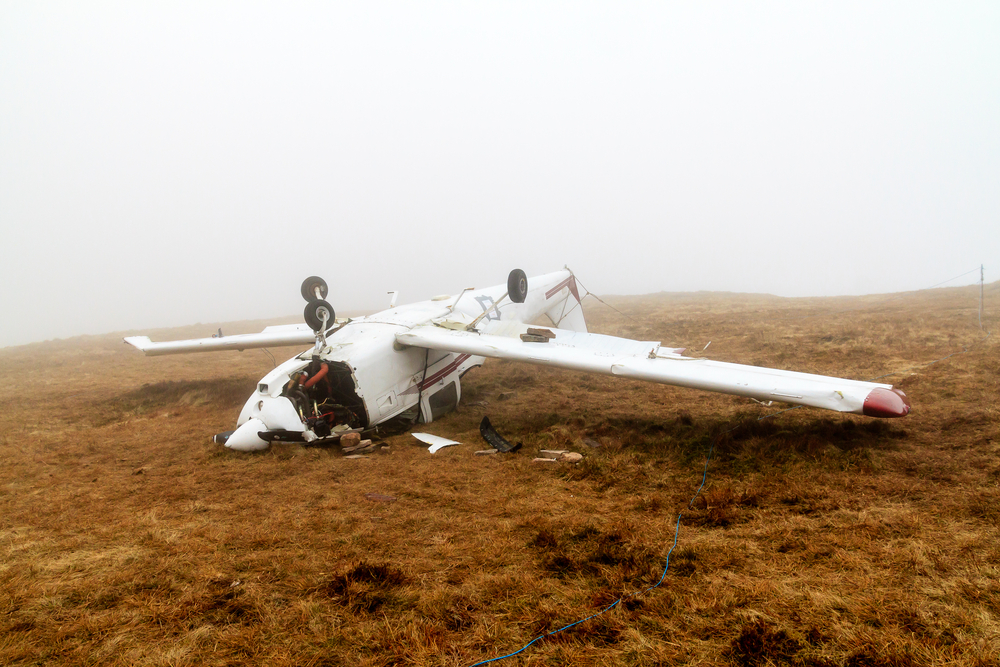
Flying Cars and Flying Car Accident Lawyer Sebastian Gibson
Believe it or not, flying cars are no longer far away into the distant future. In fact, flying cars and flying taxis could be in use by the year 2023 and flying car accident lawyer Sebastian Gibson will be there when you need him. It’s thought autonomous flying cars may be offered commercially to the public by 2028, if not sooner for roughly the same price as an expensive car. If that’s so, we may finally be on our way to the future so many people have longed for.
In developed countries, flying cars are seen as a means of transportation to avoid traffic jams and respond in times of natural disaster when medical need is critical. These electric vertical take off and landing (eVTOL) vehicles could, one day, reduce the traffic burden on roads and provide quick transport between city areas via heliports located in city centers and medical facilities.
In developing countries and in less developed areas anywhere in the world they could be used as a means of transportation requiring less infrastructure for the service they can provide.
At whatever point in time flying cars finally arrive in greater numbers, whether laws need to be developed, contracts drafted or tragedies occur, Flying Car Lawyer Sebastian Gibson plans to be at the forefront of developing flying car accident law.
For years now, Flying Car Accident Attorney Sebastian Gibson has studied developments in flying car technology and today with New Hampshire being the first state to pass legislation on July 29, 2020 to allow flying cars on the road, it’s certain that other states like California will soon follow suit as flying car technology takes off.

California Flying Car Accident Lawyer, Sebastian Gibson
With law degrees both in California and Great Britain and over four decades of experience both in the United States and in England, Flying Car Accident Lawyer Sebastian Gibson is looking ahead to the future when flying cars join other forms of transportation in the world we know.
It’s been a long time coming, but Flying Car Accident Attorney Sebastian Gibson is ready for it with the promise that flying cars can avoid traffic congestion for quick travel and will be able to assist those in need after natural disasters in remote locations when there is an urgent need for medical transportation and treatment.
If air traffic can be managed properly to allow flying cars to fly between locations and batteries improved, once these vehicles are able to land as and where they are most needed, the world can be benefitted.
The companies developing flying cars are obviously concerned with safety as the well being of any pilots of vehicles not remotely controlled and any passengers will be critical to the acceptance of these vehicles.
As with any vehicle, land based, or those which can travel not only on the ground but also in the air, there will undoubtedly be accidents but as a future flying car accident lawyer, Sebastian Gibson can only hope they will be far and few between.
With offices in the Palm Springs area in Palm Desert as well as in the community of Corona del Mar in the city of Newport Beach, Coachella Valley and Orange County Flying Car Accident Lawyer Sebastian Gibson is the flying car lawyer of the future just as these amazing vehicles are one more hope for the future as well.
Flying Car Accident Lawyer Sebastian Gibson serves all of California from Palm Springs and all of the Coachella Valley to San Diego and Los Angeles, from Irvine, Costa Mesa and Newport Beach in Orange County to San Francisco. We serve clients throughout California, the United States and internationally. When you need an attorney who specializes in flying car accident law for your technology corporation, the right choice is Flying Car Accident Attorney Sebastian Gibson.
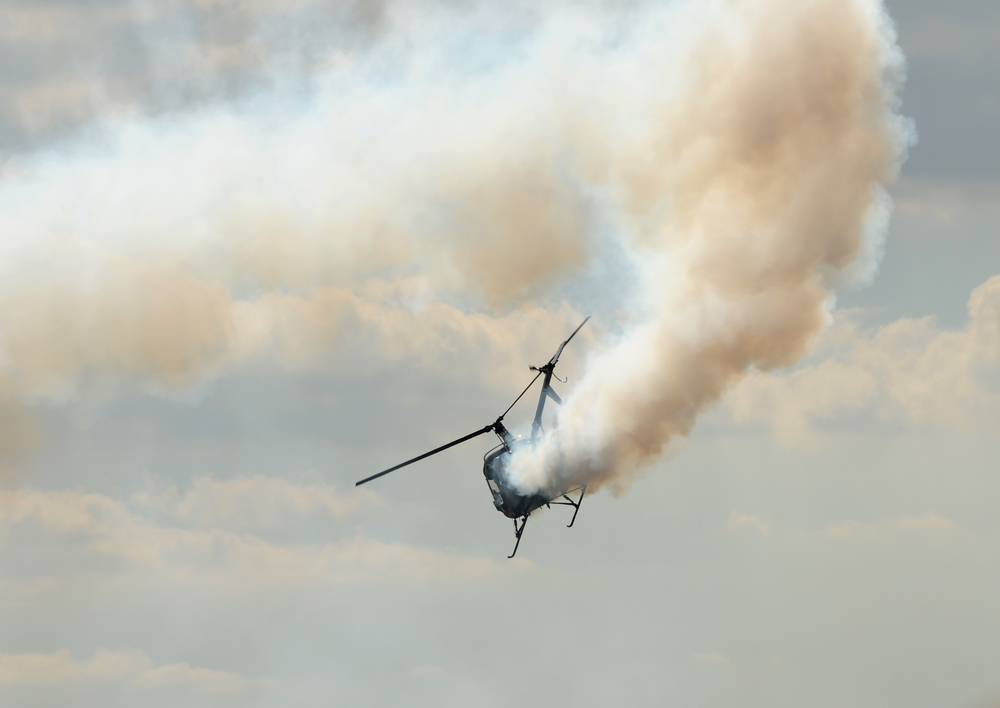
Recent Developments in Flying Car Development and Production
Flying car concepts are being developed around the globe. While big players such as Airbus, Boeing and Uber will certainly be in the mix in the future, smaller international companies are charging ahead and may be first to put their flying cars on the road and in the air.
More than a dozen companies are working on air taxi services as a starting point for flying car vehicles. These commercial vehicles would ideally serve as a marriage between traditional ride-hailing services and drone-like aircraft that can carry multiple passengers at once all by remote control.
But much must be accomplished before such a vision becomes a reality. New battery technology, legislation and acceptance by the public will all be necessary before flying taxis take the place of ground taxis and other ride-hailing services.
The batteries alone for flying cars battery will have to be much larger to power a flying car holding multiple passengers, and the flying vehicles will have to be much lighter to get off the ground with ease.
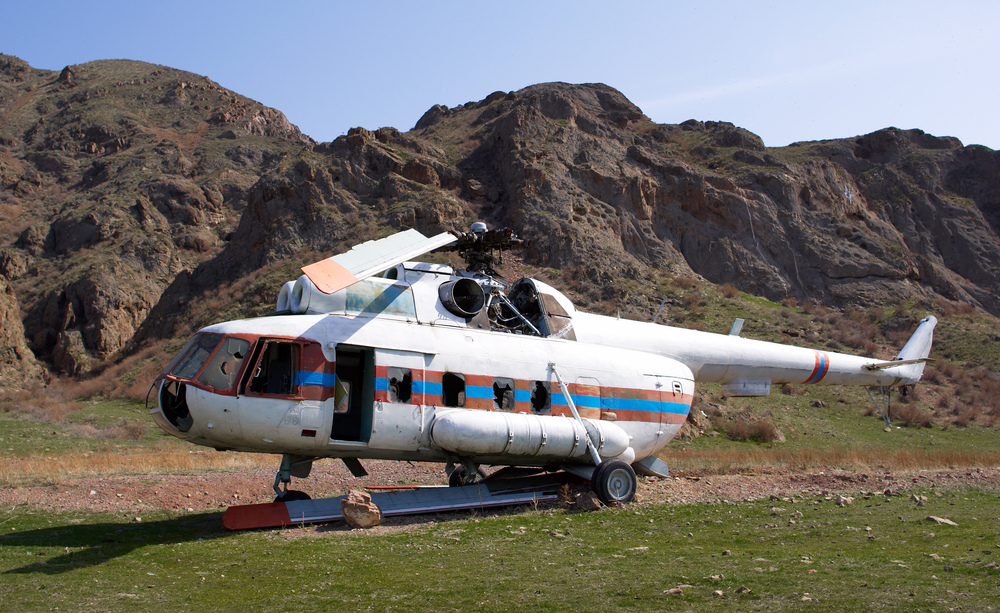
The Race to Build Air Taxis
Airbus
Airbus has developed CityAirbus, an all-electric, four-seat, multicopter vehicle which focuses on remotely piloted electric vertical take-off and landing (eVTOL) flight.
CityAirbus is a multicopter configuration which features four ducted high-lift propulsion units. It has eight propellers which are driven by electric motors at around 950 rpm to ensure a reduced acoustic footprint. Its cruise speed is estimated at 120 Km/h on fixed routes with up to 15 minutes of travel. It has a capacity of four passengers and is geared for aerial urban ridesharing.
While the CityAirbus is remotely piloted, Airbus also has a second concept, Vahana which is a self-piloted all-electric, single-seat, tilt-wing vehicle for electric vertical take-off and landing (eVTOL) flight.
Boeing
Not to be outdone by their rival Airbus, Boeing, according to their website, has developed a flying car designed to transport passengers over congested city streets from and to airports and other landing sites. Propelled by electricity, the Boeing model is designed for fully autonomous flight, with a range of as much as 50 miles.
Boeing’s push into the flying car arena was reportedly boosted by a 2017 acquisition of Aurora Flight Sciences, whose projects include a flying taxi it is developing with Uber Technologies Inc.
Boeing flying car portfolio also reportedly includes a fully electric cargo air vehicle which is designed to transport as much as 500 pounds.
It’s also been reported that Boeing has teamed up with German sports car maker Porsche to develop a fully electric vertical takeoff and landing flying car.
Uber Air
Uber says they are developing shared air transportation, set to start in 2023, between suburbs and cities, and eventually within cities. According to Uber, they’re working with their Elevate Network partners to launch fleets of small, electric VTOL (vertical takeoff and landing) aircraft in Dallas, Los Angeles, and Melbourne, which is reportedly where they plan to first launch internationally.
In January 2020 Hyundai announced they will be making flying cars for Uber’s air taxi service. It’s reported that Hyundai’s Personal Air Vehicle (PAV) will have two tilt-rotors on the tail, and 10 other rotors distributed around an egg-shaped cabin. The aircraft is said to be designed to take off vertically, transition to wing-borne lift in cruise, and then transition back to vertical flight to land.
The five-person vehicle will reportedly have a cruising speed of 180 mph (290 km/h) and a cruising altitude of around 1,000–2,000 feet (300–600 meters) above ground, and by using smaller, electric-powered rotors, the vehicle will reportedly produce less noise than a combustion engine helicopter, which is crucial for cities concerned with noise pollution.
If all goes well, during peak hours, Hyundai says their vehicles will require only about five to seven minutes for recharging. Hyundai also says they will have a range of 60 miles (100 kilometers) between charging.
Hyundai has hopes of utilizing landing hubs and an eco-friendly “Purpose Built Vehicles” (PBV) for ground transportation to and from the station hubs.
Uber reportedly has reportedly made additional arrangements with other aerospace companies including Joby, Jaunt, Embraer, Pipistrel, Karem Aircraft, Aurora Flight Sciences, and Bell.
Uber also says it is talking with NASA to find a way to manage air traffic with flying cars and flying taxis and has signed two Space Act Agreements with NASA to that end.
While they plan to launch their air taxi service in Los Angeles and Dallas, it makes sense that the company is looking to eventually provide its air taxi service to other major cities around the world where getting to work is a nightmare.

International Flying Car Technology Companies
Japan
In Japan, Japan’s SkyDrive, one of the country’s newest flying car startups, recently revealed the SD-XX, a futuristic two-person eVTOL aircraft, about the size of a car, with a range of multiple tens of kilometers at 100 kmh (62 mph) as an air taxi service in big cities, such as Osaka or Tokyo.
SkyDrive is planning to start with round trips around various resorts, including Universal Studios Japan. According to the company, the initial model will fly basically on auto pilot, but it won’t be 100 percent autonomous using a pilot to maneuver it in case of an emergency.
The Japanese startup wants to sell at least 100 vehicles by 2028, each for the cost of an “expensive car.”
Reportedly, the Japanese government is pouring money into the development of flying cars with aims of commercializing this slow to arrive, but hopeful mode of transportation as soon as 2023.
Japan-based SkyDrive has also developed a two-seat eVTOL vehicle small enough to fit into two average parking spaces. While it is still in the testing stage, a deal with Toyota City in 2019 allows SkyDrive to make use of ToyotaCity’s development base and indoor testing facilities. The Japanese government is determined to see flying cars in the skies above the Japan’s major cities in the next three years.
Just in 2020, Joby Aviation, which has developed a piloted, electric five-seat flying vehicle also received a $394 million investment by Toyota. Clearly, Japan is moving quickly to see that flying cars become a reality in this decade.
The Netherlands
In the Netherlands, the PAL-V Liberty, is set to receive its final inspection from the Netherlands Vehicle Authority and be authorised to be driven on the country’s roads in August 2020.
Footage shows the car driving out of a garage and taking a tour down scenic mountainside rides, before arriving at an airfield.
The flying car has been driven and flown around the Netherlands. After driving out of a garage, the car then unfurls its rotors and can launch into the skies above the countryside and millions of Dutch bicycle riders.
The PAL-V Liberty has a foldable rotor on its roof and a hidden propeller at the front of its hood or bonnet.
There are two versions, but neither is inexpensive. The limited edition Pal-V Liberty Pioneer Edition, costs nearly $600,000 and then the Pal-V Liberty Sport edition costs around $350,000 at last check, though these amounts will undoubtedly change with the fluctuating dollar and as production ramps up.
Currently, drivers will have to head to an airfield or a private airstrip of at least 820 feet in length to take off, but the transformation from car to aircraft takes only three minutes long.
To drive the PAL-V on the road, drivers in Europe will simply need a regular driving license. However, to fly it, they will need a gyrocopter license.
With a much farther range than other flying cars, the PAL-V has a top speed of 112 mph and a range of 220 to 310 miles in the sky.
By using a gyroplane format, the company is able to make a safe and easy-to-operate flying car that’s compact, and one that is within existing regulations in Europe. And that, the company says, is the most important factor to build a useable flying car.
Slovak Republic
At AeroMobil, you can already pre-order a flying car. AeroMobil is a Slovakian company utilizing an international team of over forty experts from the automotive and aerospace sectors representing over eight countries across the world.
AeroMobil has developed a vehicle that can both drive and fly within existing regulations and current infrastructure and has been raising investment funding to continue their development of flying cars.
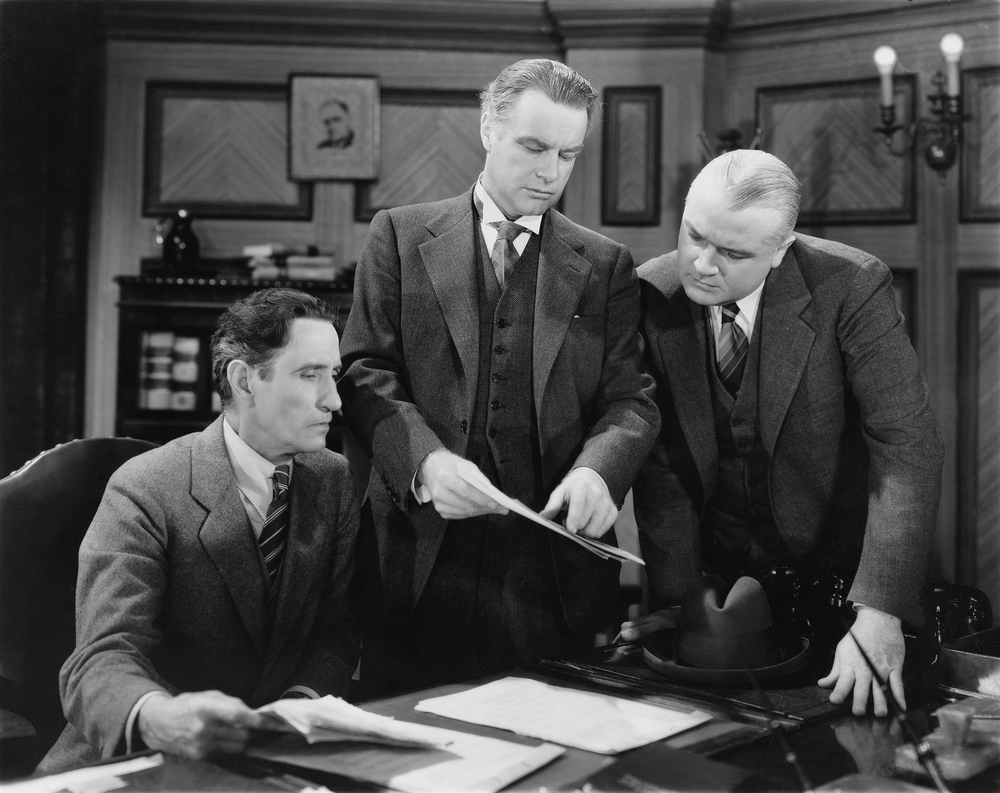
Flying Car Accident Law
Not to be outdone by the Netherlands, New Hampshire on July 29, 2020 became the first state in the U.S. to pass legislation to allow flying cars on the road.
The New Hampshire legislation doesn’t allow flying cars to soar above the highways, cities or countryside, but it does allow them to operate as a traditional vehicle on public roads.
Eventually, drivers/pilots will be able to drive their flying cars to the airport and then takeoff into the skies. But at least for the foreseeable future, they still won’t be allowed to take off and land on public roads.
Indeed, the legislation advises that “all roadable aircraft shall be required to take off and land from a suitable airstrip and shall be prohibited from taking off and landing from any public roadway, unless under conditions of an emergency.”
The law passed in New Hampshire establishes a commission to study “roadable aircraft,” the New Hampshire term for hybrid vehicles that can be driven along the ground but which also have flying capabilities.
For Flying Car Accident Lawyers such as Sebastian Gibson, the legislation also provides for inspections, registrations and most importantly accidents involving such vehicles.
While one might have expected a state such as California might be leading the development of flying cars, it seems New Hampshire is currently at the forefront.
New Hampshire’s Concord Monitor is also developing flying cars that look like something from Blade Runner. Chinese-owned Terrafugia, has tested a vehicle with folding wings out of New Hampshire’s Nashua Airport. And Dutch company PAL-V, which has an office at Manchester-Boston Regional Airport is working on a vehicle which is said to resemble a cross between a car and a gyrocopter.
Prior to the legislation in New Hampshire, there was apparently nothing on the books that would have allowed flying cars on the road. The bill was intended to provide rules for when the cars become available and after landing need to be driven home.
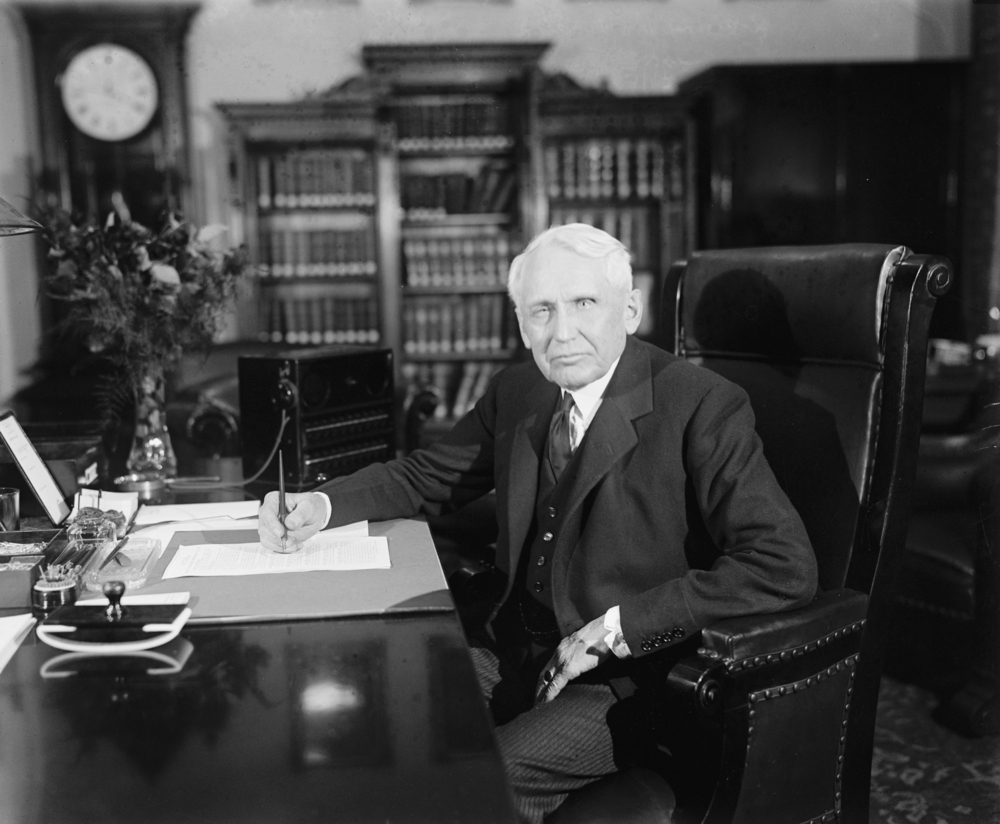
Flying Car Accident Lawyer Sebastian Gibson
Aviation Attorney Sebastian Gibson has over 40 years of experience both in California and internationally having practiced law in London for a number of years as well as in other international cities.
Sebastian Gibson has been named a Top Lawyer for the past 12 years in a row by the prestigious Palm Springs Life Magazine and he has a “Superb,” their highest rating by Avvo which rates attorneys throughout the country.
California Flying Car Accident Lawyer Sebastian Gibson has been called “A Legend,” “Brilliant,” and “the Best.” With experience in business, publishing, trademarks, entertainment, international law, aviation accidents and other types of personal injuries in California, attorney Sebastian Gibson represents a variety of clients not only throughout California, but throughout the world.
With offices in Palm Desert in the Coachella Valley and Newport Beach, in Orange County, California, Flying Car Accident Lawyer Sebastian Gibson is the right choice for all matters relating to flying cars in the U.S. and globally.
Having obtained law degrees both in California and in Great Britain, and with years of experience practicing international law, California Flying Car Accident Attorney Sebastian Gibson is the flying car lawyer for future flying car accident victims in the U.S. and throughout the world as flying cars become mainstream.
From Palm Springs to San Diego, and from Newport Beach, Irvine, Costa Mesa, Laguna Beach and Los Angeles to Santa Barbara and San Francisco, California Flying Car Accident Lawyer is the attorney to call for flying car law knowledge and expertise, and who understands the technology and the law involving flying taxis, hybrid roadable aircraft, gyrocopters, and electric vertical take-off and landing (eVTOL) vehicles, whether self-piloted or remote all-electric, single or multiple seat vehicles for electric vertical take-off and landing flight.




